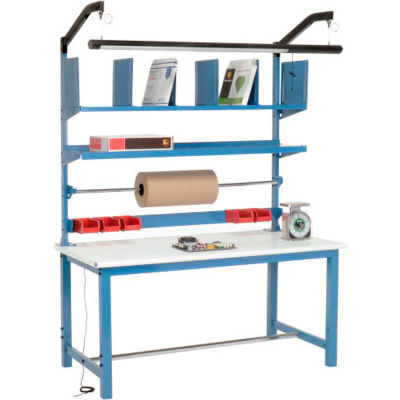
The typical added resistance in grounding conductors is 1 megohm, although other values may be specified.” Added resistance is acceptable for the purposes of controlling ESD provided electrostatic accumulation does not exceed specific EPA requirements. Note : Manufacturers may add resistance to the grounding conductors for purposes other than ESD (e.g. Where added resistance is not present, a direct connection from the ESD technical element to the common point ground or common connection point is acceptable and recommended. “ The grounding conductors (wires) from wrist straps, working surfaces, flooring or floor mats, tools, fixtures, storage units, carts, chairs, garments and other ESD technical elements may or may not contain added resistance. The ESD Association standard for grounding is ANSI/ESD S6.1 which recommends a hard ground (no resistor) but allows the use of a current limiting resistor in the mat’s ground cord. However, the resistor is not for ESD control purposes. Using a current limiting resistor in the ground cord is the user’s choice. Grounding an ESD Protective Worksurface – click here for more grounding products The use of alligator clips is not recommended. Best practice is that ground connections use firm fitting connecting devices such as metallic crimps, snaps and banana plugs to connect to designated ground points. For electronics manufacturing a worksurface resistance to ground (Rg) of 1 x 10 4 to less than 1 x 10 9 ohms is recommended. A ground wire from the surface should connect to the common point ground which is connected to ground, preferably equipment ground. Dissipative materials are usually the preferred choice for bench top worksurfaces.ĮSD protective worksurfaces need to be grounded. Dissipative materials will dissipate a charge slower and are recommended for handling electronic components. Dissipative worksurfaces have a surface resistance of at least 1 x 10 4, but less than 1 x 10 9 ohms. Although conductive materials are the quickest to ground a charge, they can also cause damage by discharging too rapidly. Types of ESD protective worksurface matting – more informationĪn ESD protective worksurface is usually dissipative. On the other hand, some people prefer the robust and consistent approach of ESD benches.



Generally speaking, ESD matting offers a lower initial investment and is easier to replace. When deciding to invest in ESD protective worksurfaces, you have the choice of ESD matting (laid-out on a standard non-ESD bench) or ESD benches.
#ESD BENCHES SERIES#
Most ESD Protected Areas (EPAs) will contain a bench or a series of benches.


 0 kommentar(er)
0 kommentar(er)
